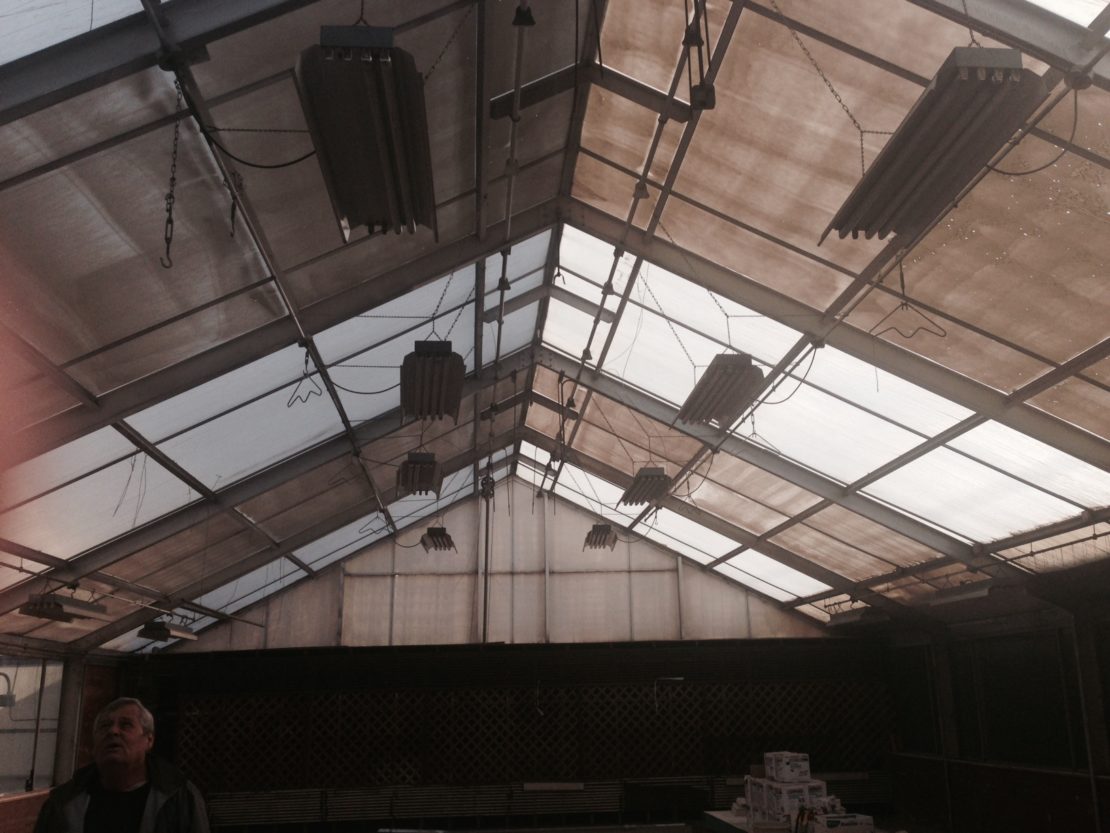When it comes to growing cannabis and raising healthy plants, there are many innovative ways growers can maximize yield. One of those emerging ways is by using a cannabis light deprivation greenhouse.
A cannabis light deprivation greenhouse utilizes blackout material to control and manage light and darkness. In effect, this helps simulate seasonal changes and can trick plants into flowering at a specific time. Light deprivation therefore reduces the typical amount of time it takes for cannabis plants to mature and leads to more harvests for cannabis growers.
In addition to using light deprivation greenhouses, this technique is also used in hoop houses to grow cannabis and other crops. This method gives growers a high level of environmental control needed for successful growing seasons.
Outdoor Light Deprivation Greenhouses VS Indoor Grows VS Outdoor Grows
If you’ve never heard of a light dep greenhouse, or you’re unsure if this method is right for you, it can help to compare it to other classic growing methods. Let’s take a look at light deprivation greenhouses compared to traditional indoor grows and outdoor grows:
- Indoor Growing – Growing cannabis indoors can be done using a greenhouse or similar structure. These commercial facilities may contain different rooms with different types of cannabis. Therefore, growers can change the temperature of certain rooms to breed new strains. Indoor growing gives growers environmental control and allows them to maximize their space. However, this is usually the most expensive growing method requiring lots of energy and resources. Without a light deprivation system to control light, growers will need to use other types of technology.
- Outdoor Growing – Outdoor growing is when cannabis growers use fields to produce their crops. This method is cheaper than indoor growing or light deprivation greenhouses. However, because outdoor cultivation completely exposes plants, they are far more susceptible to becoming damaged by weather and pests. In addition, outdoor growing can only be used seasonally, limiting the number of harvests outdoor growers can yield.
- Cannabis Light Deprivation Greenhouse – A cannabis light deprivation greenhouse uses tarps or curtains to block sunlight. Controlling and monitoring the light intensity allows growers to trick their cannabis plants into flowering sooner, saving money, time, and resources. The light deprivation shade system is more energy efficient than other indoor growing methods, so the cost of this facility will sit in between indoor and outdoor growing (depending on the size and scale of the project).

Benefits of Light Deprivation in Cannabis Greenhouse
So what makes an automated light deprivation greenhouse so beneficial? Check out some of the key benefits of this system:
- Higher Yields – By controlling the amount of light your cannabis receives, you can maximize your harvests year-round. Not only does this system give your crops the right amount of light, but it can also protect plants from hail, sleet, and other natural elements. And, because the life cycle of the cannabis plants is sped up, there’s less opportunity for them to become damaged or contaminated. Growers can create ideal conditions for their plants that keep them healthy and thriving.
- Consistency – If light dep systems sound confusing, know that this setup is pretty simple. In fact, some cannabis cultivation deprivation greenhouses can even be set on a schedule to open and close light shade cloths each day. Not only does this free up growers for other tasks, but it ensures that the light is always consistent. As the seasons change, you can adjust your light shade cloth to provide more or less sun to your cannabis plants.
- Efficiency – The light dep cannabis operation is designed to run efficiently. These automated systems make the most of the natural light and are extremely sustainable year-round. And, because growers don’t need to monitor sunlight constantly, it can free up employees to do other important work. An efficient cannabis greenhouse can help set your business up for long-term success.
Why Light Dep Greenhouses are the Future for Cannabis Growers
Due to the efficiency and consistency of light deprivation greenhouses, these structures are increasingly used in the cannabis industry. Because cannabis is a rapidly growing business, growers need to stand out and leave their mark. A light deprivation system that maximizes yields and consistently produces healthy plants is a great way to do so. Plus, compared to other methods, these greenhouses can be more affordable.
If you’re looking to invest in a light deprivation greenhouse structure and don’t know where to start, Prospiant can help. Our team of produce, cannabis and agribusiness experts can help you design and execute plans for your commercial cannabis operations. Contact us today to get started.
FAQs
What is a light deprivation greenhouse?
A light dep greenhouse uses blackout material to control light exposure and maximize crop yield. These light deprivation techniques can simulate natural light and weather conditions to speed up plant maturity and flowering.
Can you grow cannabis year-round in a light dep greenhouse?
In many cases, a light dep greenhouse will allow you to grow cannabis year-round. That’s because you can use natural sunlight to control light levels and mimic ideal growing conditions.